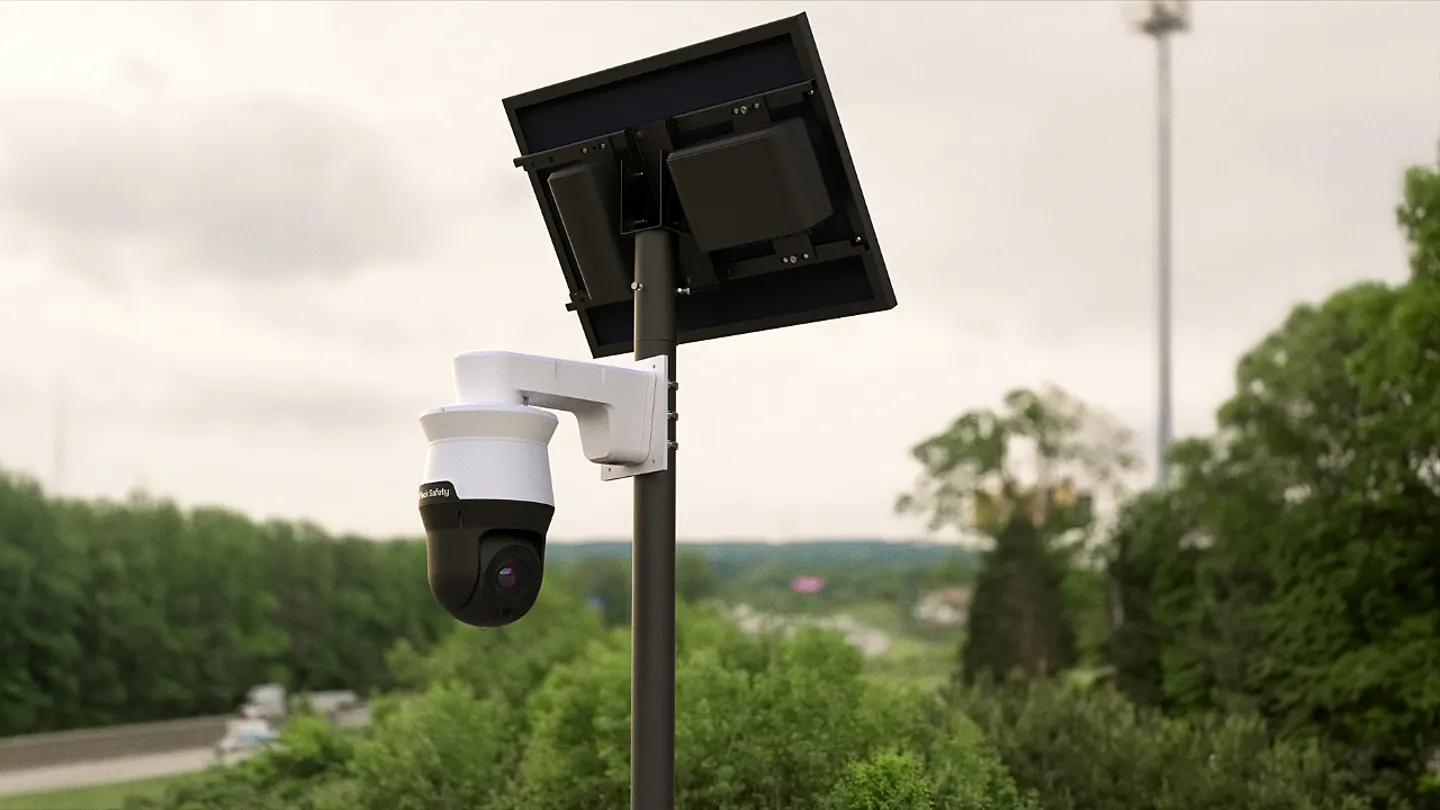This is an item in our Local Government Toolkit.
Utahns across the state have various preferences for their lawn and landscaping choices. Some residents may want to help preserve water by experimenting with xeriscaping or “localscaping“, others may want to use a portion of their lawn to grow food for their family, and some may prefer a traditional grass lawn. This variety of preferences is expected and natural.
However, on the books in a number of cities throughout Utah are requirements that the landscaping on individuals’ property consist partially (or even entirely) of green lawn or otherwise meet specific design criteria. These ordinances not only prevent residents from saving water, but it also strips them of their freedom to design their lawn how they want.
A principled approach to lawn ordinances would avoid all aesthetic restrictions and keep provisions strictly related to health and nuisances. For example:
- Certain weeds are so noxious and inherently harmful to humans and domesticated animals that they warrant immediate removal
- Tree placement (or lack of maintenance) might interfere with the overhead powerlines or traffic signs
Not only do we recommend limiting lawn ordinances to addressing legitimate health and safety concerns, but we further advise reviewing the associated violation notices and fees. Many times, the resident is experiencing financial or health distress and could use assistance rather than a strongly worded letter threatening escalation and burdensome fees.
Are you a local elected official and interested in chatting with us more about this topic? Please reach out to us at localgovt@stg-libertasinstitute-stage.kinsta.cloud—we’d love to chat!
Resources:
Op-eds and Articles:
Relevant Libertas Work:
- 2020 HB 202 | Libertas Bill Article




